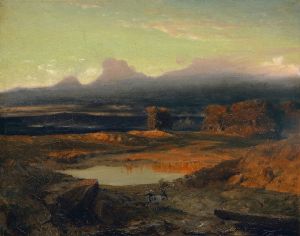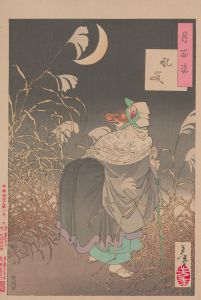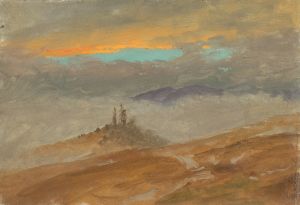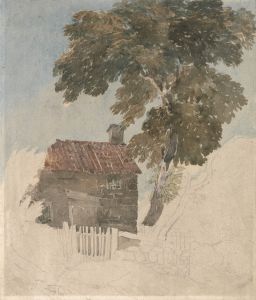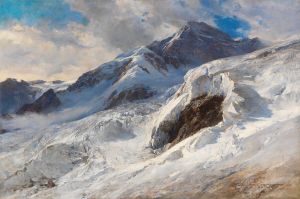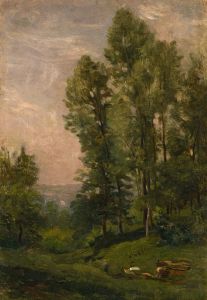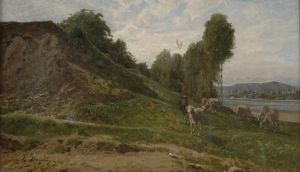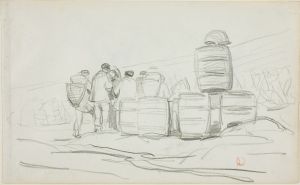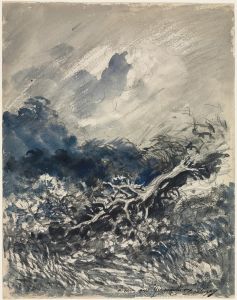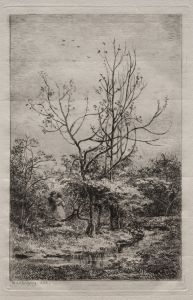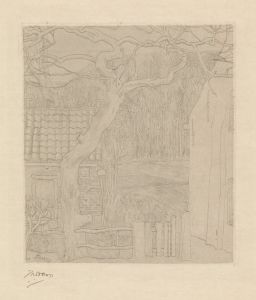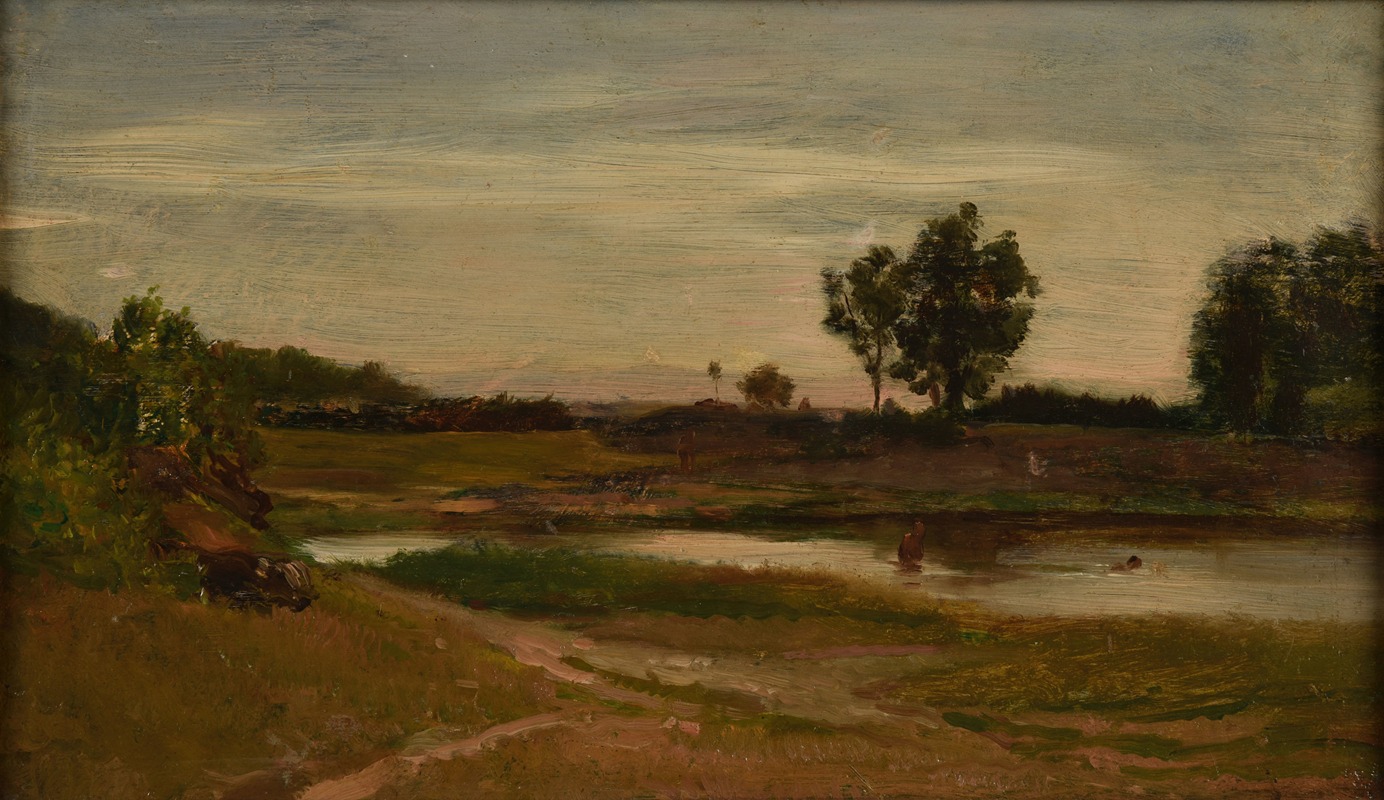
Étang d’Optevoz
A hand-painted replica of Charles François Daubigny’s masterpiece Étang d’Optevoz, meticulously crafted by professional artists to capture the true essence of the original. Each piece is created with museum-quality canvas and rare mineral pigments, carefully painted by experienced artists with delicate brushstrokes and rich, layered colors to perfectly recreate the texture of the original artwork. Unlike machine-printed reproductions, this hand-painted version brings the painting to life, infused with the artist’s emotions and skill in every stroke. Whether for personal collection or home decoration, it instantly elevates the artistic atmosphere of any space.
"Étang d’Optevoz" is a painting by the French artist Charles François Daubigny, who was a prominent figure in the Barbizon School, a movement that emerged in France during the mid-19th century. This school of artists is known for its realistic and naturalistic depiction of landscapes and rural life, often painted en plein air (outdoors).
Charles François Daubigny was born on February 15, 1817, in Paris, France, and he became one of the leading landscape painters of his time. He was significantly influenced by the natural environment and often sought to capture the serene and tranquil aspects of the French countryside. Daubigny's work is characterized by its loose brushwork, attention to light and atmosphere, and a preference for depicting water scenes, which became a recurring theme in his oeuvre.
"Étang d’Optevoz" is one of Daubigny's notable works, painted in the 19th century. The painting depicts a pond in Optevoz, a small village in the Isère department in southeastern France. This region's picturesque landscapes provided ample inspiration for Daubigny and other artists of the Barbizon School. The painting captures the calm and reflective surface of the pond, surrounded by lush vegetation and trees, with a subtle play of light and shadow that enhances the tranquil mood of the scene.
Daubigny's technique in "Étang d’Optevoz" showcases his mastery in rendering natural light and his ability to convey the peacefulness of rural settings. The composition is balanced, with the pond taking up a significant portion of the canvas, drawing the viewer's eye to the serene water and the reflections it holds. The use of earthy tones and soft, diffused light creates a harmonious and soothing atmosphere, typical of Daubigny's landscape paintings.
Throughout his career, Daubigny received considerable recognition for his work. He exhibited regularly at the Paris Salon, where his landscapes were well-received by critics and the public alike. His innovative approach to landscape painting and his dedication to capturing the essence of nature influenced many younger artists, including the Impressionists, who admired his ability to depict the fleeting effects of light and atmosphere.
"Étang d’Optevoz" exemplifies Daubigny's contribution to the development of landscape painting in the 19th century. His work not only reflects the beauty of the French countryside but also represents a shift towards a more naturalistic and immersive portrayal of nature. Daubigny's legacy endures through his paintings, which continue to be celebrated for their artistic merit and their role in the evolution of modern landscape art.
Today, "Étang d’Optevoz" and other works by Charles François Daubigny can be found in various museums and private collections around the world, where they continue to be appreciated for their serene beauty and historical significance in the context of 19th-century French art.





